How to change the drain hose of a washing machine?
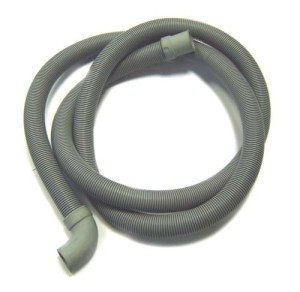 Replacing a drain hose is somewhat more complicated than replacing a fill hose. The inlet hose is screwed onto the outside of the washing machine. And in order to change the drain, we may need to partially disassemble the machine. It is connected to the drain pump. Therefore, we will need to get inside the case. Depending on the brand of household appliance, the hose may come out at the top or bottom of the rear wall of the housing.
Replacing a drain hose is somewhat more complicated than replacing a fill hose. The inlet hose is screwed onto the outside of the washing machine. And in order to change the drain, we may need to partially disassemble the machine. It is connected to the drain pump. Therefore, we will need to get inside the case. Depending on the brand of household appliance, the hose may come out at the top or bottom of the rear wall of the housing.
In order to understand how it is located inside, it would be better for us to remove the upper part of the case (cover). This is done quite simply:
- Tighten the pair of screws that are located at the back.
- Then push the cover towards the back of the machine.
- Now you can safely remove it.
Different models of washing machines may have different internal structures and the position of the drain hose. Therefore, we suggest considering the features of replacement for machines made under different brands.
We change the drain hose for various models of washing machines: Indesit, Ariston, LG, Candy, Ardo, Beko, Samsung, Whirpool

With these machines you can get to the hose through the bottom. To do this, we will do the following:
- Remove the base panel.
- Carefully and slowly remove the drain pump filter. Prepare a water container or rag. Because it will pour from there.
- In order to conveniently get to the bottom of the machine, we need to move it away from the wall and tilt it.
- Remove the bolts or other fixing elements of the cochlea. Then we remove it.
- Now loosen the clamp that secures the hose to the drain pump and disconnect the hose.
- Before you completely remove the old hose, you need to remember how it is secured inside the machine.If you wish, you can take a photo. Then we unfasten it, pull it and take it out of the washing machine. You may need to remove the top of the cover to make it easier to remove the old hose and replace it with a new one. You can read above how to do this.
- Install a new drain hose. We fix it on the pump using a clamp. And we return all the removed parts of the machine to their place.
- Do not forget to make sure that the connections at the joints are secure and there will be no leaks. Also pay attention to the tightness of the new hose.
We change the hose for AEG, Siemens and Bosch machines
With such machines, in order to get to the hose, we need to remove the front part of the body.
Let's take a closer look at the entire replacement process:
- First, remove the dispenser container.
- Then we will remove the base panel.
- Loosen and remove the clamp that secures the rubber seal of the door. After this, detach the cuff from the front wall of the case.
- Remove the drain pump filter and drain the water into a pre-prepared low container.
- We twist the screws that hold the front part of the machine.
- We pull the bottom of the wall in our direction a couple of centimeters, then move it lower and gently pull it towards ourselves. You need to make sure that a gap of about 5 centimeters is formed.
- From the inside you need to feel for the hatch locking device. It is located where the lock hook fits into the hole when the door is closed. It is necessary to disconnect the connector with wires from this device.
Now let's start replacing the hose
- By removing the front wall, you have access to the hose. Now you can remove the elements securing it and disconnect it from the pump.
- After this, remember or take a photo of the location and fastenings of the hose.
- Disconnect the hose and take it out.
- We stretch and connect the new hose to the pump and fasteners.
- We assemble the machine.
- Check the tightness of the connections.
How to replace the hose of Electrolux and Zanussi machines
For these models, to replace, we need to remove the back wall of the case.
- We start from the top of the body. It is also better to remove it. To do this, unscrew the screws on the back. Then push the cover from the front to the back and remove it.
- Now unscrew the screws that hold the back cover. In some machines they may be hidden behind plugs.
- Remove the filler valve lock and open the back wall of the machine.
- It's time to get to work on the hose. Straighten it and place it on the floor. In this position, the remaining water will flow out of it. It can be removed with a rag or poured into a prepared container.
- Remove the clamp securing the hose to the drain pump and unfasten the old drain hose.
- Carefully examine how the hose is attached to the machine from the inside. If you wish, you can take a photo. Then remove it from the clamps and pull it out.
- We take a working hose, stretch it inside the machine, fix it on the pump, and put on all the fasteners.
- We assemble the machine.
- We check the hose by running a test wash.
How to change the hose on top-loading machines?
For such machines we will need to remove the side part of the body.
- We unscrew all the screws from the side of the machine body. They can be on the back of the case and on the front side at the bottom.
- Just like with other models, remove the clamp and detach the hose from the drain pump.
- We take a photo or remember the location and methods of fixing the hose.
- We unfasten all the fasteners and remove the hose.
- We take the prepared serviceable hose and install it instead of the removed one. We fasten everything in the same way as before.
- We assemble the washing machine and check the hose using washing.
Interesting:
1 reader comment

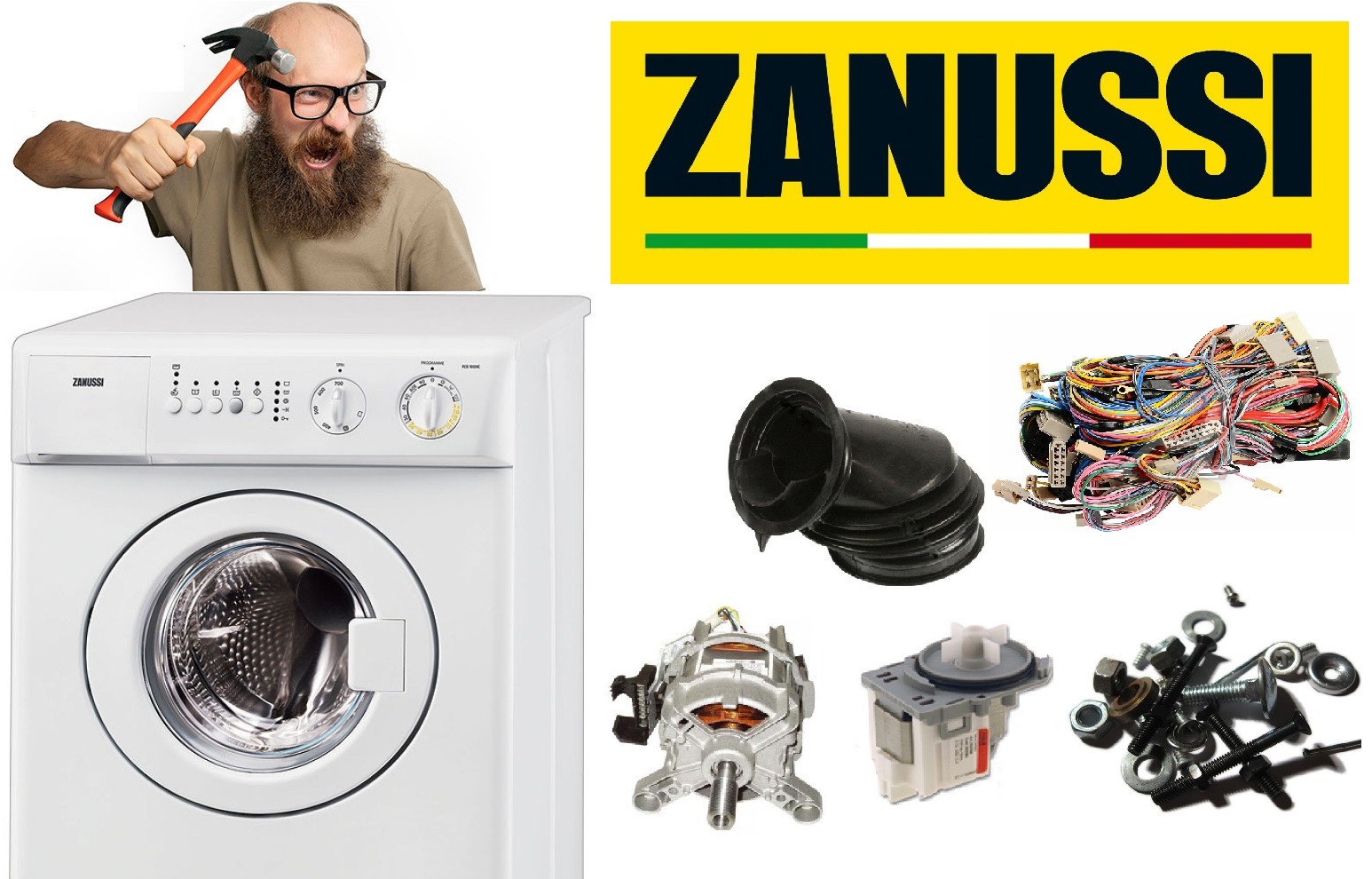
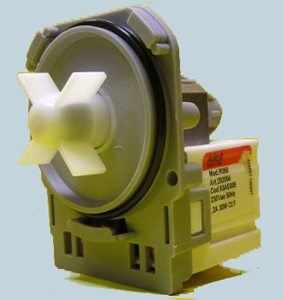
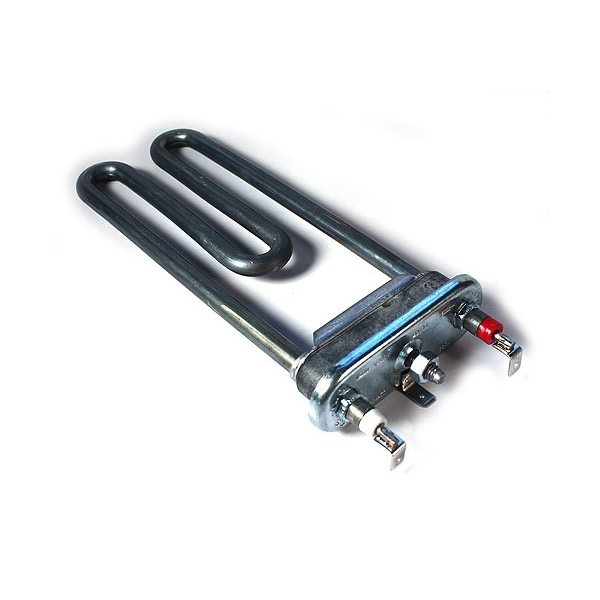
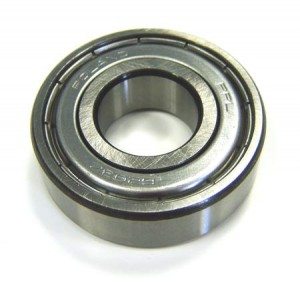
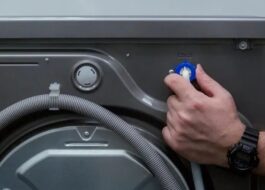















On my Siemens I changed the pump without removing the front panel, removed the top cover to control the suspension - 4 self-tapping screws, and tilted the washing machine on its side, propping it up with a stool lying on its side, everything is clearly visible from below and accessible for changing the pump and hose...